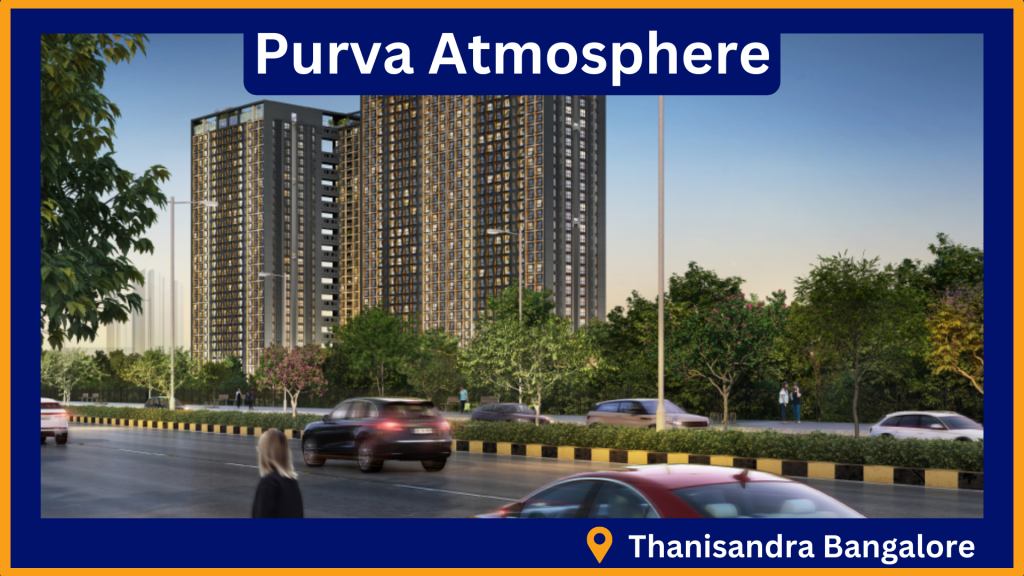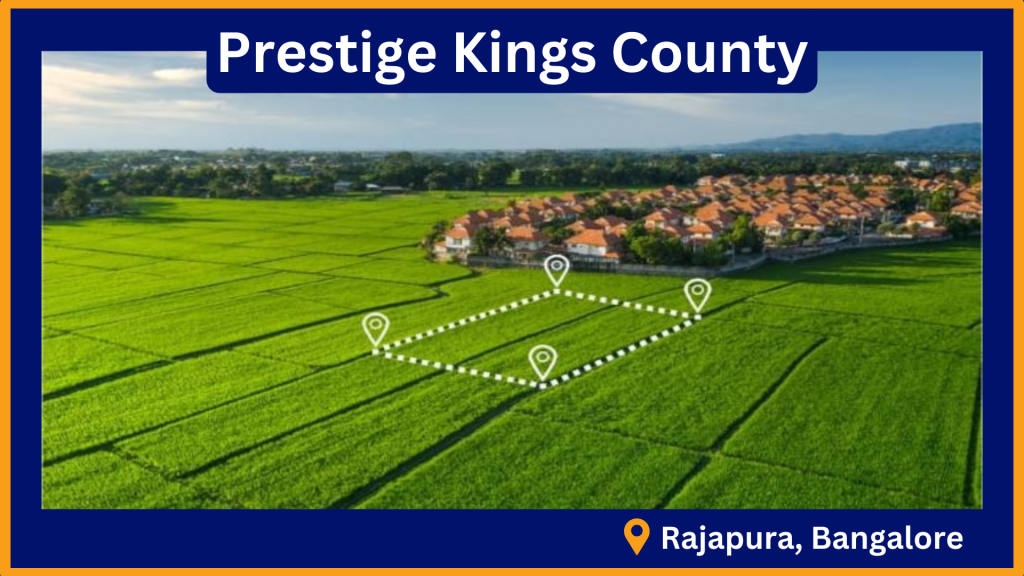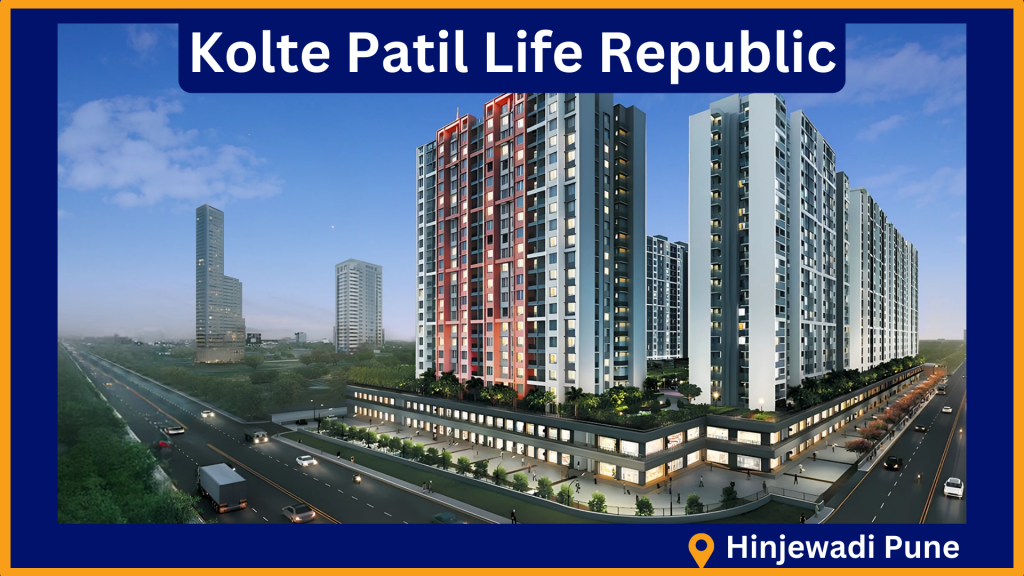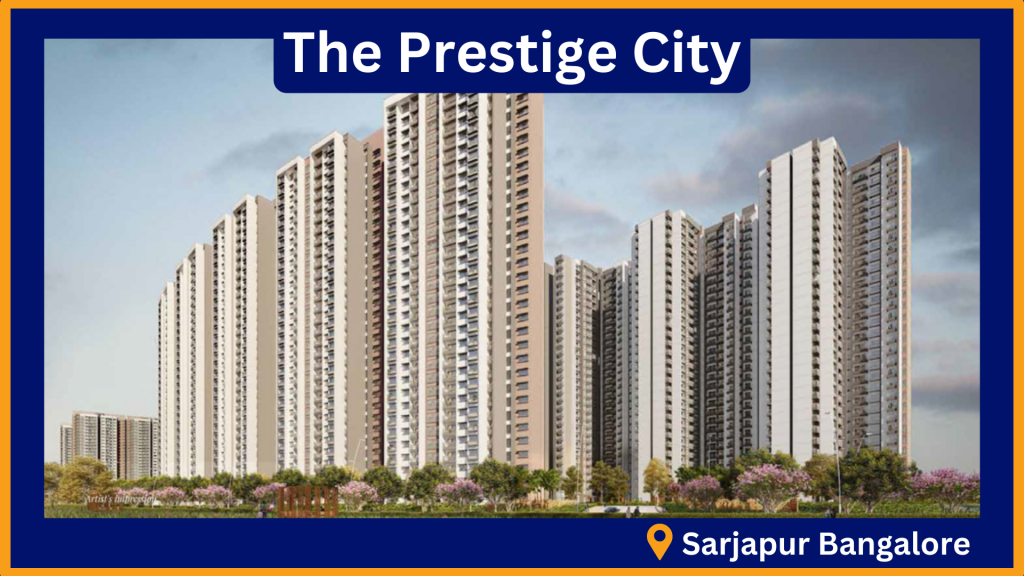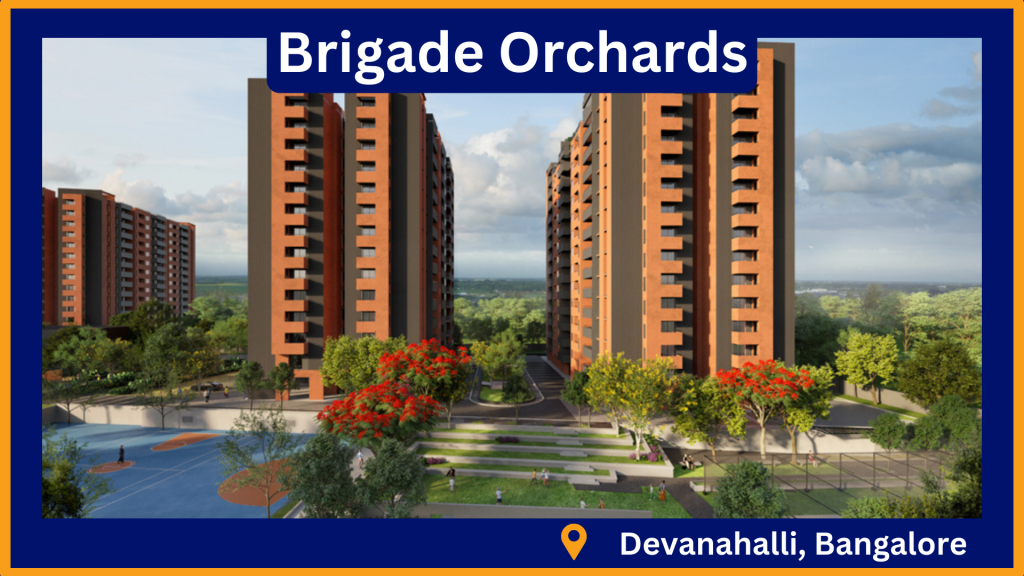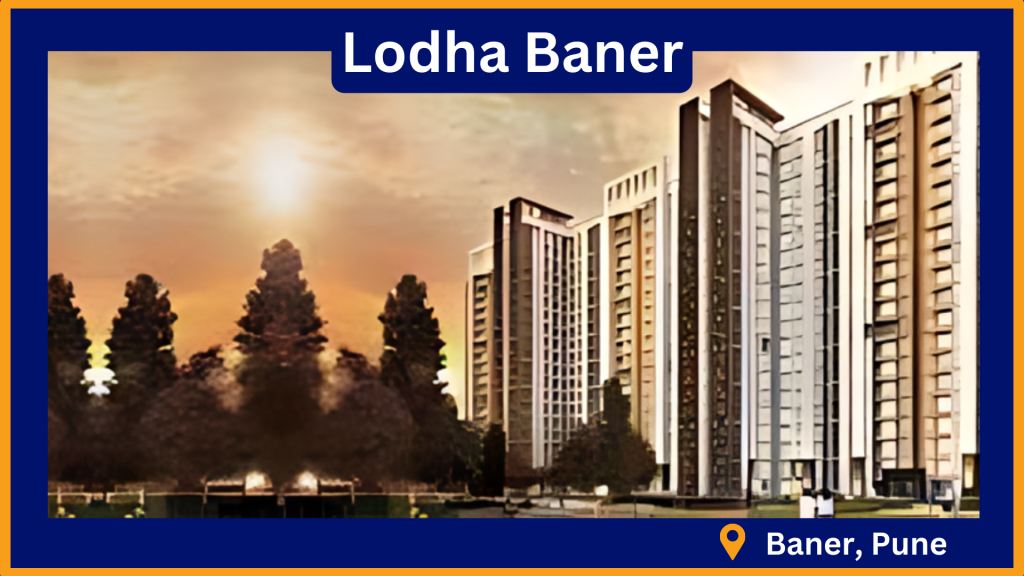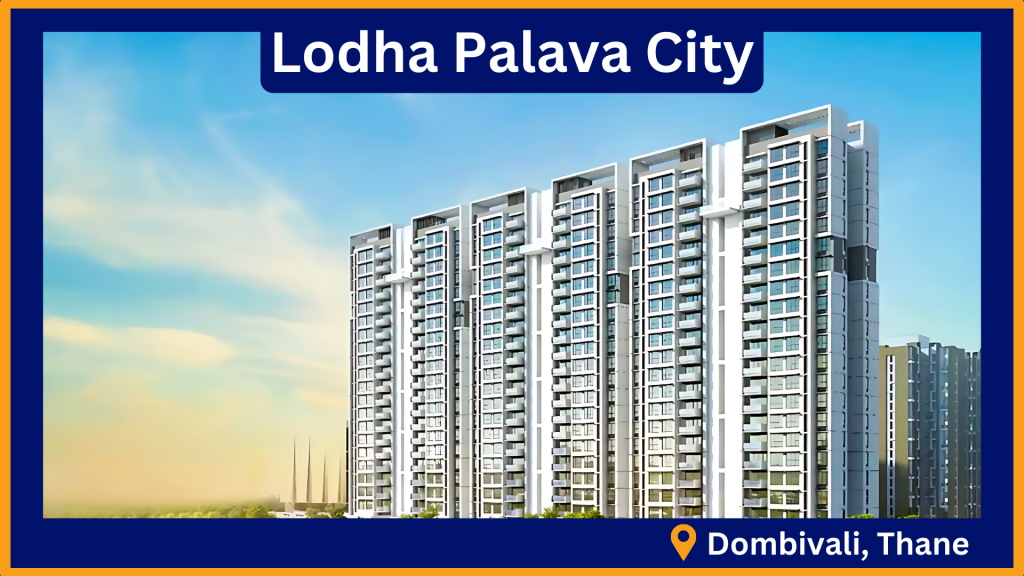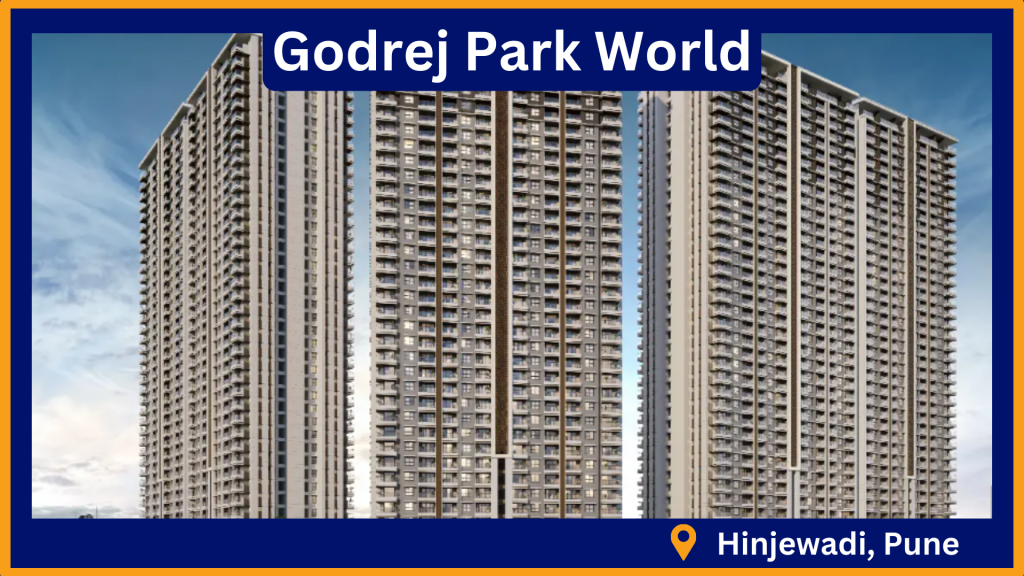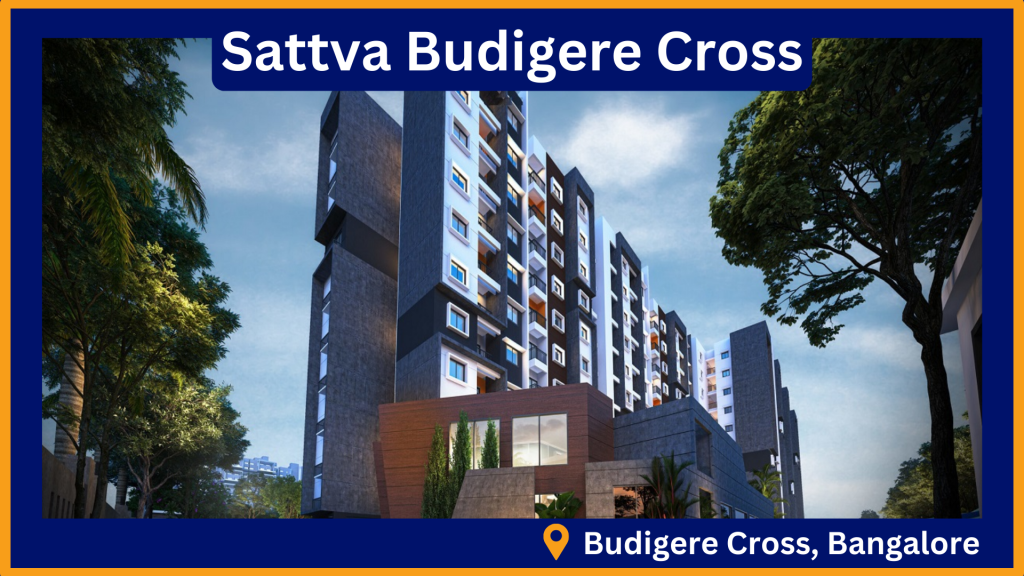Many of us have this question on Mumbai vs Delhi’s cost of living, but this depends on various factors as per our personality, choices, or standard of living. While choosing a city is not just related to money but also to making your work easy, so, that’s why we have researched and brought some information which could help you with your decision regarding Mumbai vs Delhi’s cost of living and which city is better for you. Delhi is the center of India’s political and cultural life, while Mumbai is the country’s economic and financial powerhouse.
While in the terms of the Occupancy Certificate, both Mumbai and Delhi require it for all property types.But when it comes to get an OC, Mumbai has more strict rules than Delhi, when it comes to the cost of living is most likely depend on preferences and lifestyle.Mumbai is also known as India’s financial center and might have more strict guidelines regarding OCs.
Infrastructure in Mumbai and Delhi City:
It’s safe to say that Delhi’s infrastructure is at least a notch or two above what you’ll find in Mumbai. In comparison to the narrow and congested streets of Mumbai, Delhi’s roads are much wider.

Source: wikipedia.org
Mumbai
The area governed by the Municipal Corporation of Greater Mumbai (MCGM) spans 437.71 km2 (169 sq mi), encompassing the island city’s 67.79 km2 (26 sq mi) and the suburban district’s 370 km2 (143 sq mi). While Mumbai is renowned for its vibrant spirit, it also grapples with challenges like little streets, traffic jams, crowded slums, stinky neighborhoods, inconsistent mobile networks, illegal encroachments, and tiny flats. However, amidst these challenges, Mumbai also boasts some of the most posh areas in Mumbai to live. These areas, characterized by luxurious residences, upscale amenities, and a high standard of living, offer a contrast to the city’s bustling chaos.
Delhi:

Source: researchgate.net
Delhi is 28.61°N 77.23°E in northern India. The city borders Haryana to the north, west, and south and Uttar Pradesh to the east (UP). Delhi’s geography includes the Yamuna floodplains and Delhi Ridge. With a total land area of 1,483 km2 (573 sq mi), 783 km2 (302 sq mi) of which is rural, and 700 km2 (270 sq mi) of which is urban, Delhi is India’s largest metropolis. It is 51.9 km (32 mi) long and 48.48 km wide (30 mi). Delhi is in India’s seismic zone IV.
it is unevenly spread out over a large area and seems to have no end to the cities that surround it. It’s a better place to live because it has wide roads lined with trees, beautiful buildings, fewer people, well-planned colonies, big apartments and bungalows, and lots of gardens. As one contemplates house construction costs in Delhi, recognizing the distinctive features of neighboring areas like Gurgaon becomes essential for making informed decisions in budget planning and real estate investment.
Cost of Living In Mumbai and Delhi
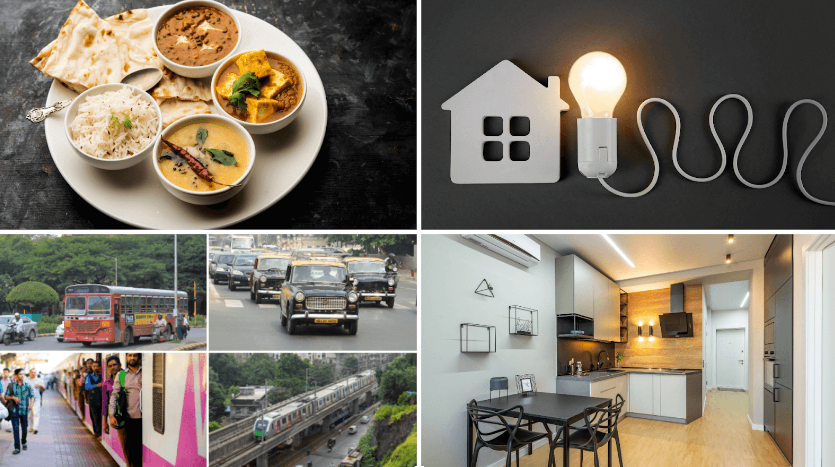
According to a recent poll taken in March 2019, Mumbai’s cost of living is 4% greater than Delhi’s. There is not much of a difference between the prices of food in the two cities. The cost of living in Mumbai is 52% higher than in Delhi, even though it is cheaper than both cities in other areas (transportation, clothing, personal care, and entertainment). As a result, Delhi wins another point for having a 4% lower cost of living. You should also know about tds tax which is applicable on certain purchasing amount limit which is set by government.
Mumbai
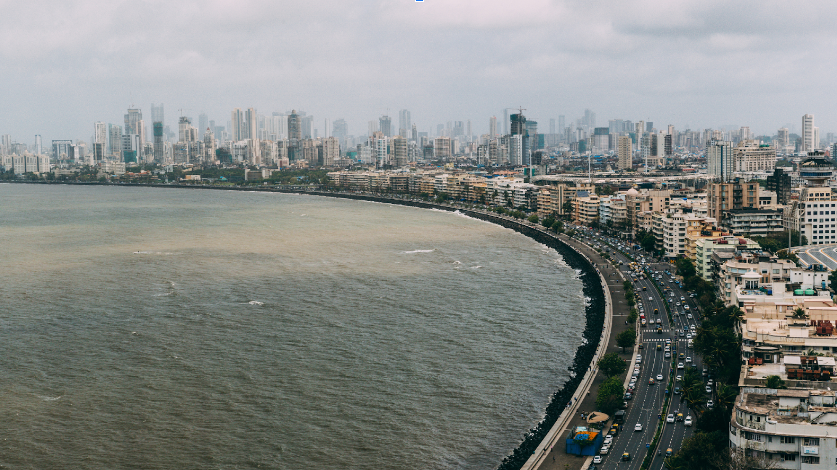
The world’s largest human capital consulting firm, Mercer, says that Mumbai is India’s most expensive city to live in, and also the most expensive houses are in Mumbai; it is the 55th most expensive place to live in the world with the most expensive than Paris and Seattle.
Rent cost In Mumbai
The rent cost in Mumbai, India, can significantly vary based on factors such as location, size, and property type. Typically, a one-bedroom apartment in Mumbai rents between INR 15,000 to INR 50,000 per month, while a two-bedroom apartment falls in the range of INR 25,000 to INR 80,000 monthly. Larger apartments or houses can demand higher prices, reaching from INR 50,000 to several lakhs monthly. Understanding the rental landscape is essential, especially when considering the complexities of freehold and leasehold property in India, as these factors impact not just the monthly cost but also long-term investments.
Apartment purchase cost in Mumbai
A 1 BHK apartment in Mumbai can cost between INR 50 lakhs and INR 1 crore, while a 2 BHK apartment can cost between INR 1 crore and INR 2.5 crores, excluding transfer charges on purchased apartments in Mumbai. A larger apartment or a house might cost much more, ranging from INR 2 crores to several crores. Mumbai is notorious for its high real estate costs, and there have been some extraordinarily expensive residences in Mumbai, the city of dreams. The real estate market is volatile, and property values can fluctuate dramatically over time.
There are so many new development projects are under construction like one of the iconic development which is named as Codename Big Bull in Kandivali location.
Mumbai is known for its high real estate prices, and there have been several incredibly expensive homes in the city of dreams called Mumbai. The real estate market is dynamic, and property prices can change significantly over time
Food cost in Mumbai
The cost of living in Mumbai, including food costs, can vary widely depending on various factors such as location, lifestyle, and dietary preferences. However, as a rough estimate, the monthly food cost for an individual in Mumbai can range from INR 5,000 to INR 15,000 depending on whether they cook their meals at home or eat out frequently.
If you want Tiffin service, it will cost you between Rs. 2,000 and 5,000, or even higher depending on how extravagant your appetite is. no matter where you are from, you will be able to find the cuisine that you enjoy the most here, whether it be Chinese, North Indian, or South Indian cuisine, etc.
Cost of Energy in Mumbai
Units Consumption | Cost in ₹/Unit |
1-100 | ₹ 4.01 - Rs 4.50 |
101 - 300 | ₹ 10 |
301 - 500 | ₹ 14.20 |
Above 500+ | ₹ 16 |
Transportation in Mumbai
Because of the cheaper cost of transportation, Mumbai gets a competitive advantage in this category. Local Trains: A huge local train network connects Mumbai’s suburbs. A single travel costs between Rs. 5 and Rs. 45, depending on distance.
If you’re considering investing in real estate in Navi Mumbai, Godrej Highland definitely deserves a closer look. The promise of luxury living combined with the rapidly developing area makes it an enticing option for those seeking a blend of convenience and comfort.
The Mumbai Metro has one line, and the fee ranges from Rs. 10 to Rs. 60 per ride. There is also the option of purchasing a monthly pass, which can range from Rs. 800 to 1200 depending on the distance traveled.
Buses: A single bus journey costs between Rs. 5 and Rs. 30 depending on the type of bus (AC or non-AC) and the distance traveled. They also provide monthly passes for students starting at Rs.200 and going up to Rs.350.
Taxis in Mumbai are affected by distance and time. A regular cab fare of 10 kilometers would cost between Rs. 200 and Rs. 250.
Auto-rickshaws are popular in Mumbai. Three-kilometer rides cost Rs. 30-40, and 10-kilometer rides cost Rs. 100-150.
Uber Auto Chargers Rs.81.15 and Uber Go, which is essentially a car trip that costs about 146.27 for 1 km (the charges mentioned over may vary depending on location and time).
Delhi

Location, preferred amenities, and personal tastes all contribute to one’s overall cost of living in Delhi, India. In terms of the overall cost of living, Delhi, which is India’s national capital, is placed second overall in the country and 103rd in the world.
Rent cost in Delhi
The rent cost in Delhi, India, can significantly vary based on factors like location, size, and property type. Typically, a one-bedroom apartment’s monthly rent falls between INR 8,000 to INR 30,000, while a two-bedroom apartment can range from INR 15,000 to INR 50,000. Larger apartments or houses might go higher, from INR 30,000 to several lakhs per month. Additionally, considering Vastu Shastra principles, factors like the arrangement of rooms and paintings according to Vastu Shastra can influence rental properties’ desirability and, in turn, their pricing.
The state government of the delhi, offered prohibited property in country like India.
Apartment Purchase Cost in Delhi
Buying a house or apartment in Delhi will cost 20 Lakhs to 1 crore and so on for 1 BHK to 4 BHK.

Food Cost In Delhi
The cost of food in Delhi can vary greatly depending on your budget, dietary preferences, and the type of food you choose to eat. On average, a meal at a budget restaurant in Delhi can cost around 150-200 INR, while a mid-range restaurant can cost around 500-1000 INR per meal.
If you require the Tiffin service, the cost will range from Rs. 3,500 to Rs. 6,000 and even higher depending on your preferences.
You can find reasonably priced food in both cities, but when it comes to accommodations and other costs, Mumbai is significantly more expensive than Delhi.
Cost of Energy in Delhi
Units Used | Cost |
Below 200 | 0 (Zero bills of consumption for the month remain below 200 units) To get this benefit you need to fill out the subsidy Scheme form. |
0 - 200 (Above 200) | ₹ 3 Per Unit |
201 - 400 | ₹ 4.5 per unit |
Delhi is in a better position than Mumbai regarding energy (electricity). This might not have much of an impact on your monthly finances.
Transportation in Delhi
The public transit in Delhi is well-maintained and on time. Women are provided with free transportation.
Metro: The fare for the Delhi Metro ranges from Rs.10 for a distance of up to 2 kilometers to Rs.60, depending on whether the day is functioning or not.
Buses: Adult fares in Delhi range from Rs.5 to Rs.15, while fares for children aged 5 to 12 range from Rs.3 to Rs.8, depending on the distance traveled.
The fare for air-conditioned stage buses in Delhi starts at Rs.5 for children (aged 5 to 12 years) and Rs.10 for adults and increases depending on the distance traveled, up to Rs.13 for children and Rs.25 for adults.
Taxis: The fare for a taxi starts at Rs 25/- for the first kilometer (after deactivating the meter) and increases to Rs 14.00/- per kilometer for non-AC taxis and Rs 16.00/kilometer for AC taxis for each successive kilometer.
Auto-rickshaw: Rs. 25/- for the first 2 kilometers (after lowering the meter) and Rs. 8/- for each subsequent kilometer.
Uber Auto Chargers Rs.50.55, Uber Go, which is essentially a vehicle trip, costs about 94.98, and Delhi also has Uber Moto, which is a bike ride option for 1 km (the charges indicated here may change depending on location and time).
Crime Rate:
When comparing the crime statistics in Delhi to those in Mumbai, which are far higher, it becomes instantly obvious that Delhi is not a viable alternative for you in terms of your protection. It’s no secret that Delhi has a higher-than-average crime rate, especially crimes against women.

Source: mumbaipolice.gov.in, delhipolice.gov.in
The Recent Crime Rate: The National Crime Records Bureau has just released the report for July 2022. (NCRB). Delhi has one of the highest crime rates in the country, whereas Mumbai has the 15th highest rate among the 19 largest cities.
Safety:
After looking at the data on the crime rate in Delhi and comparing it to that in Mumbai, which is significantly higher, it is clear that Delhi is not an option for you when it comes to issues of personal safety.
It is widely known that the rate of criminal activity in Delhi, particularly crimes committed against women, is relatively high.
Air Pollution:
What does the AQI mean in the United States when referring to air quality? An air quality index is used by government agencies to tell the public how polluted the air is now and how much it is expected to get worse in the future.

Source: www.iqair.com
Based on the data provided, Delhi has the worst air quality of any city in India and ranks sixth worst worldwide out of 95 cities, with an AQI of 158. According to the AQI measure used in the United States, this is extremely unhealthy.
Mumbai is number 26 on the list of the world’s most polluted urban centers, with an air quality score of 80, which would be considered to be a moderate level.
Ease of Doing Business:
Reduced Regulatory Burden: According to the DPIIT’s analysis of the states, there are only four broad groups into which the states fall: Andhra Pradesh, Gujarat, Haryana, Karnataka, Punjab, Tamil Nadu, and Telangana are among the highest-performing states.

Himachal Pradesh, Madhya Pradesh, Maharashtra, Odisha, and Uttarakhand are all considered to be Achievers. Assam, Chhattisgarh, Goa, Jharkhand, Kerala, and Rajasthan are all contenders, and West Bengal is in the mix as well.
Andaman & Nicobar, Bihar, Chandigarh, Daman & Diu, Dadra & Nagar Haveli, Delhi, Jammu & Kashmir, Manipur, Meghalaya, Nagaland, Puducherry, and Tirupur all fall under the heading of “Emerging Business Ecosystems.”
The World Bank conceived the original idea for the Ease of Doing Business Index. If the state in issue has a high score, it likely has high-quality resources available.
For doing business, Delhi received a score of 71.9 from the World Bank, while beginning a firm in the city was given a score of 82.0. The final scores for Mumbai are 81.2 for Starting a Business and 70.1 for Ease of Doing Business.
Gross Domestic Product (GDP):
The total amount spent in a given period by consumers, companies and the government is known as the gross domestic product (GDP). It can also be calculated by summing up the sum of money that was distributed to the various participants in the economy.

Mumbai, India, the country’s financial capital, tops the list with a GDP of an estimated $310 billion (25,47,36,92,000 Indian rupees).
Delhi, India’s capital and largest city, is home to over 32 million people and is projected to have a GDP of $293.6 billion (24,12,60,51,520.00 Indian rupees).
Literacy Rate:

Source: census2011.co.in
Male literacy stands at 92.56 percent, while female literacy sits at 86.39 percent in Mumbai. In Delhi, 86.21 percent of the population can read and write, with male and female literacy rates of 90.94 and 80.76 percent, respectively.
FDI Inflow:
Foreign direct investment (FDI) occurs when a company, government, or other organization from outside of a country acquires a majority stake in a company, a piece of real estate, or a production facility in the host country.
With a total of $49 billion in foreign direct investment (FDI), Mumbai stands first, while Delhi comes second with $31.53 billion, or 19% of the country’s total FDI.
Now you know Delhi or Mumbai which is better for you
After reading this, you should feel well-equipped to make an informed comparison of the living expenses in Mumbai and Delhi. In addition, one needs to know the specifics of their job and financial needs to make an informed decision regarding whether Mumbai or Delhi is preferable.
Basic needs must be satisfied, and failure to do so can lead to an increase in the expense of living and other unfavorable outcomes, such as neglecting one’s family’s well-being or one’s health, or the quality of the surrounding environment (including the air and water).

